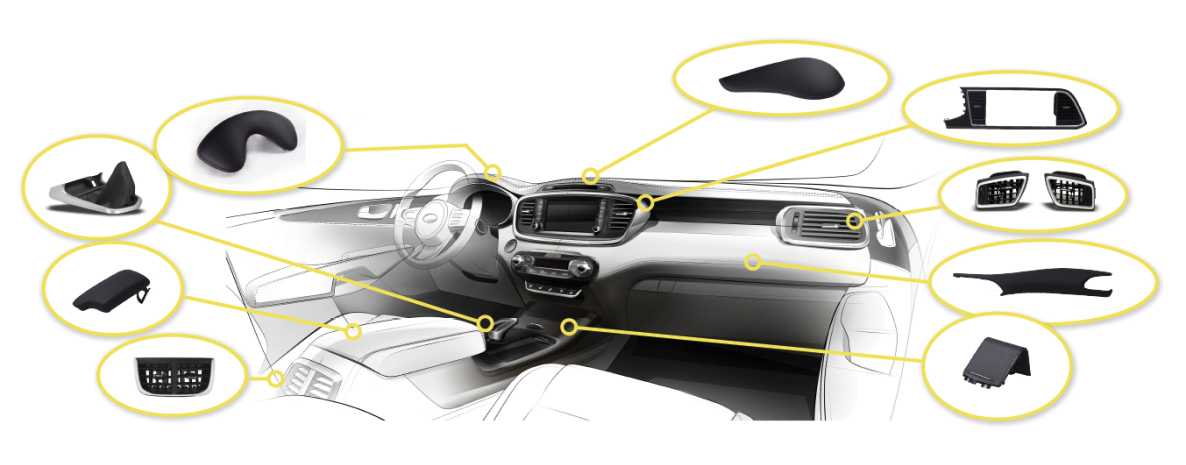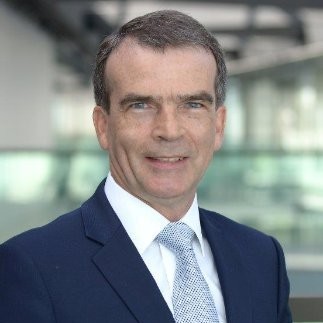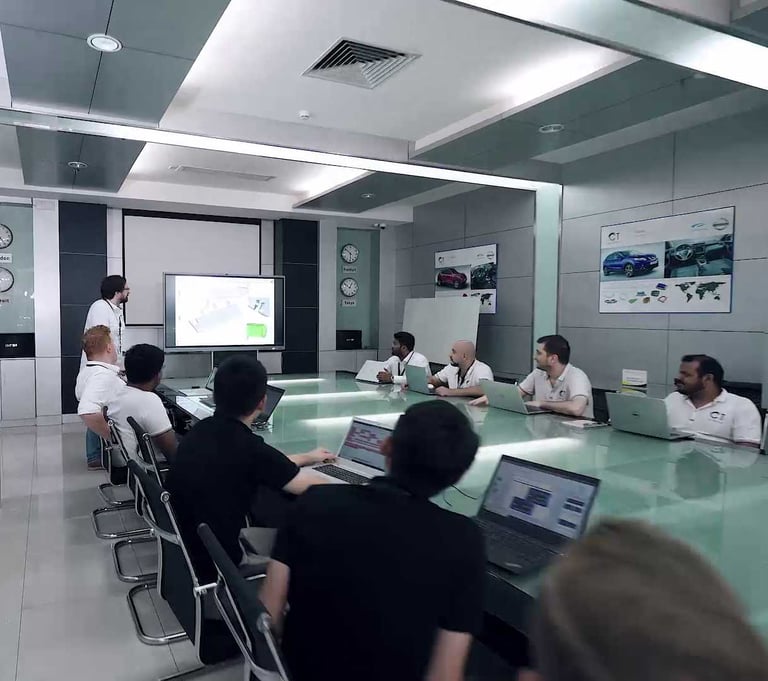CT Automotive Group plc (LON:CTA) Founder and Executive Chairman Simon Phillips caught up with DirectorsTalk for an exclusive interview to discuss what the company does, 2021 performance, how they are dealing with challenges in the sector and the short to medium term outlook for automotive manufacturing.
Q1: Simon, could you just briefly describe what it is that CT Automotive does?
A1: We are that company that for a lot of your listeners we interface with on a daily basis. When they’re in their cars, we manufacture air registers, armrests, deployable cup holders, all of the kinematic components that people tend to interface within their cockpits and their cars on a daily basis.
We also manufacture a lot of facia finishes that are along the instrument panels of the cars, they’re the decorative type finishers.
Within the finishes themselves, we produce the in-car lighting so for many people who’ve got the latest models, you’ll probably see this mood lighting that comes on so during the night-time, in the evenings, the foot wells illuminate.
So it’s a specialist market sector, not many people manufacturer these kinematic components because they’re quite complex to produce but that’s what we do.
Q2: Now, results out today, could you just summarise your 2021 performance and how the Board views the results compared to expectations?
A2: So, in terms of the results of 2021, the results was pretty much exactly as we’d planned for and it was kind of ambitious you could say to achieve results like that, particularly given what 2021 was like. In my 23 years in the auto sector, I don’t think there’s been a tougher time with everything that was going on out there that people are no doubt aware of from chip shortages to freight costs, to inflationary pressure, to COVID, to the supply chain issues that had been going on around the world.
The interesting thing is that if you look at say back in 2019, before the pandemic, to 2021, the auto industry as a whole, in terms of volumes, contracted by about 21% whereas we’ve just, finished our year-end results and our revenues now are about £133 million, which shows growth of roughly about 17% even compared to the ‘before COVID times’ back in 2019.
So, as a Board and management team, we’ve been really pleased, particularly on public markets, for it to be our first year full-year end and to have bucked the automotive trend to such a significant amount.
Q3: You’ve touched on the challenges, how is trading looking so far in 2022? Obviously, you’ve had these challenges such as semiconductor shortage, the Ukraine, lockdowns in China, how are you dealing with that?
A3: Well, for sure it’s continued to be a significant challenge in 2022, particularly in the first quarter. Going into Q3 and the outlook going forwards looks a lot better.
If I talk specifically about the kind of challenges, obviously something like the Ukraine is something that you can’t forecast for whatsoever but what I would say is that the supply chain that was coming out of the Ukraine was relatively simple parts, things like wiring harnesses and what the OEMs did in Europe is they’ve done a pretty fantastic job of resourcing that and setting those supplies up pretty quickly. So, that side has been largely dealt with, with regards to the Ukraine.
With regards to chip shortages, which I guess is the thing that people are talking about more never, what we have seen is that although it continues to be the constraint over supply, I think everybody’s aware that the demand in the auto sector is at an all-time high. Many of the OEMs have got orders backing up a year now, to a year and a half, some OEMs are actually thinking about stopping taking orders, it’s got that ridiculous. The constraint tends to be on the chip shortage side but on the positive side, the OEMs do know their allocation of chips now so what we have been seeing is a smoothing of this demand, which is exactly what we want as a manufacturer to actually have smooth schedules that allow us to operate in a more efficient way.
Other than that, I guess the other big question is the COVID situation in China. It’s definitely been an issue, particularly over the last few months with the lockdowns that have gone on in Shanghai. In Shenzhen, where we do most of our manufacturing, we had about one week lockdown so it wasn’t too much of an issue but the problem is, and everybody knows about the auto sector, is that this is a global supply chain issue. So even if we’re doing fine or another part of the world is doing fine, if a supplier is impacted in Shanghai and can’t supply parts, then it still stops production. So, you have to take a global view on that.
What we’re seeing amongst the OEMs is really a de-risking type situation so what the OEMs are tending to do is they’re pulling forwards demand and they’re starting to build stock in any areas that are at risk.
So, all things considered on those major points that we’ve spoken about, from our perspective in terms of our numbers, we’re pretty confident about 2022 and the reason why we’re confident about 2022 is we always took a pretty harsh view of what 2022 might look like. So, we never took a positive view on what the outcome could be, we already assumed that the chip shortage would carry on, we assumed it’s going to take quite a while for these plants to get back online so our numbers have been reduced accordingly.
As a whole, the auto industry, I think everyone knew that H1 was going to be difficult and I think there’s an expectation that there’s going to be a lot of easing into H2.
Q4: What is your view on the short to medium term outlook for the automotive manufacturing?
A4: So, short to medium term, I would say that going into H2, CT Automotive expect a pickup on volumes compared to H1 and easing of the chip shortage type situation, a recognition by them to de-risk themselves from certain scenarios like the COVID issue in China and therefore a pickup in demand across H2. Then I think the general view of the OEMs going into 2023, and it’s our view as well, is more of a normalisation, that’ll be for the first time in three years where the auto sector does actually start a really good recovery.










































